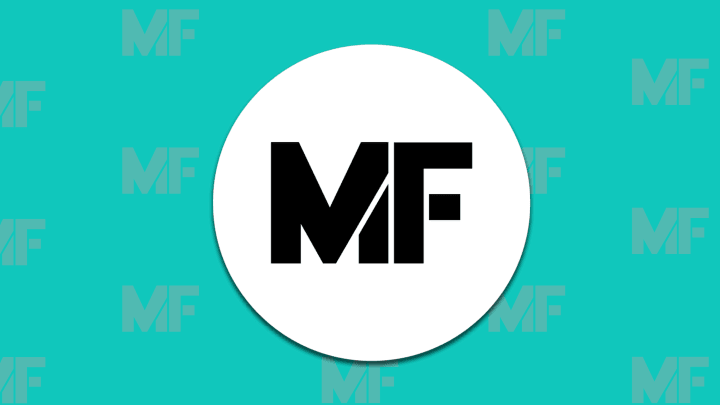To celebrate the 800th anniversary of the creation of the Magna Carta, the British Library has created two animations—narrated by Monty Python's Terry Jones—about the groundbreaking "Great Charter." The first, which you can watch above, explores the document's history. The second, below, outlines why the charter was created and what it says.
The document has its roots in a conflict between King John and 40 British barons, which arose in 1215. "Many people believe that King John was one of the worst kings in history," Jones says in the video. John was the kind of king who imprisoned his own wife, allegedly murdered his own nephew, and made his barons pay high taxes so that John could fight expensive foreign wars. "If they refused to pay, he punished them severely or seized their property," Jones says. "The barons demanded that King John obey the law; when he refused, they captured London and John was forced to negotiate."
The two sides met at Runnymede on June 10, 1215 to hammer out the agreement which became the Magna Carta. Though it was nullified by Pope Innocent III just a few weeks later, the document was reissued several more times before the "final" version was issued in 1225. Three clauses from that version of the Magna Carta remain on the books today. The document would inspire many, including America's Founding Fathers, suffragettes, and Gandhi. It also paved the way for the creation of the Universal Declaration of Human Rights, which was written after World War II.
